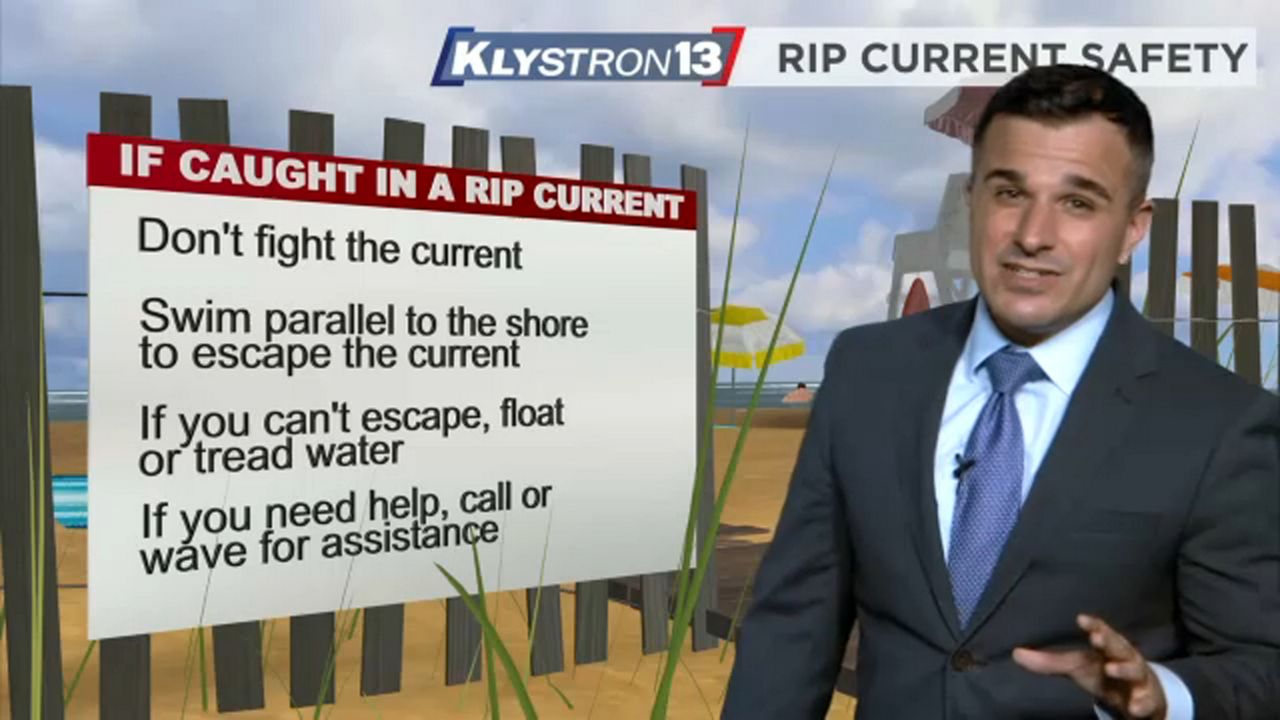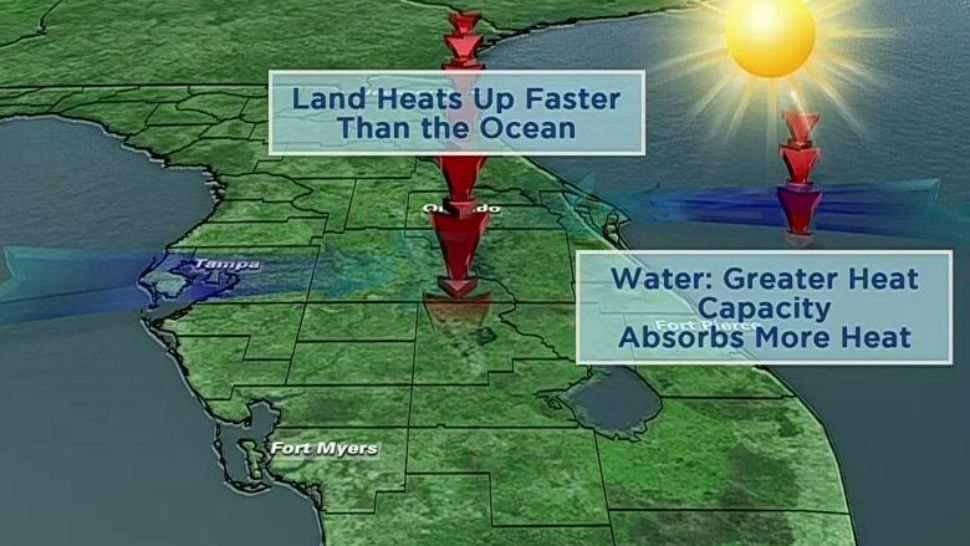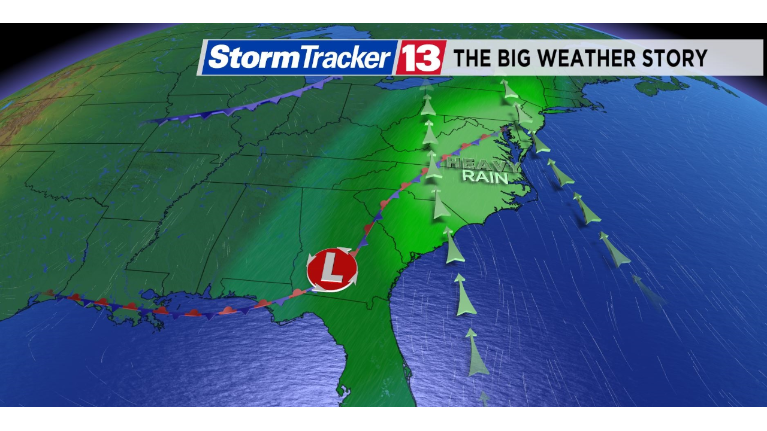ORLANDO, Fla. -- When we get into thunderstorm conditions -- especially during the summer months -- you may often hear us use the words "watch" and "warning."
What You Need To Know
- Watches and warnings issued for severe thunderstorms, tornadoes
- 2 meteorological terms call for different courses of action
- Specific conditions must exist to make a thunderstorm severe
They sound similar with respect to severe thunderstorms and tornadoes, but they're actually quite different.
A watch means that conditions are favorable for severe weather or tornadoes. You want to make sure you have a plan in place and know where you would go in the event of a severe thunderstorm or tornado warning.
A warning means that a severe thunderstorm or tornado is imminent or occurring, and you need to seek shelter immediately in the safest part of your home. It's best to be in the lowest level, in an interior room or closet, and away from windows and doors until the threat passes.
What makes a thunderstorm severe? A severe thunderstorm has winds greater than 58 mph, hail 1 inch in diameter or greater, and/or a tornado. Lightning is not taken into consideration for a storm to be severe -- all thunderstorms contain lightning.
A tornado warning means that a tornado either has been observed by a trained storm spotter or detected on radar.









